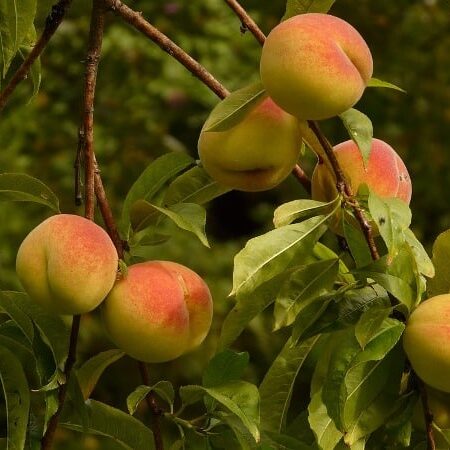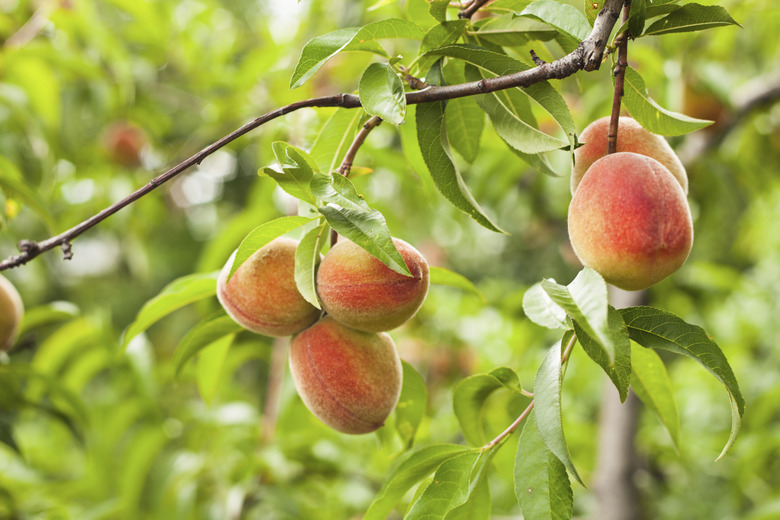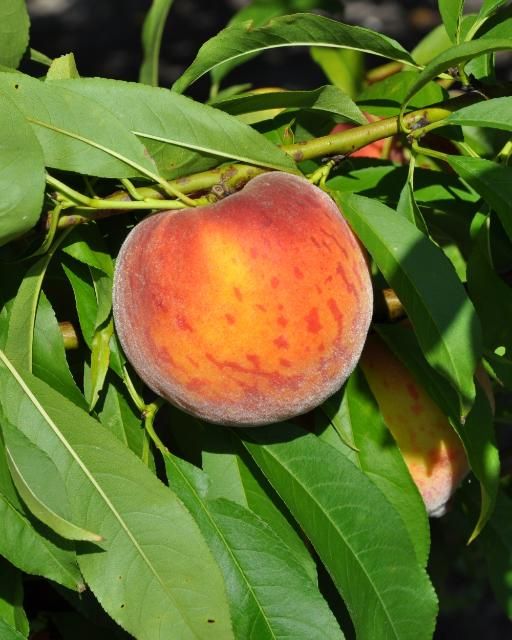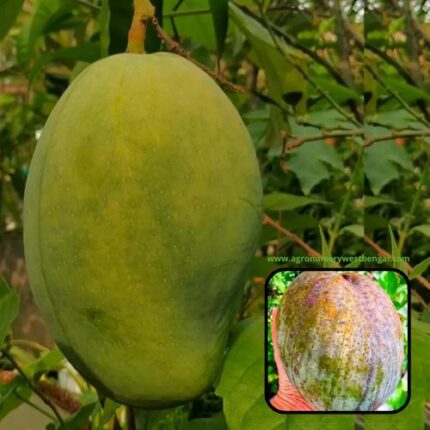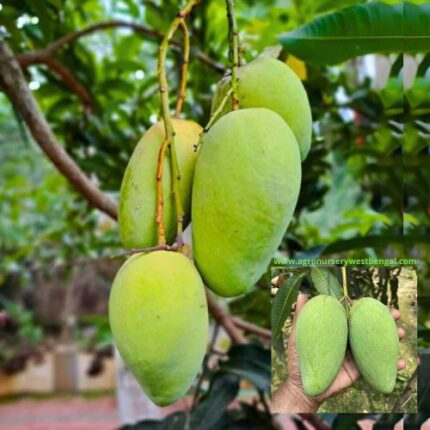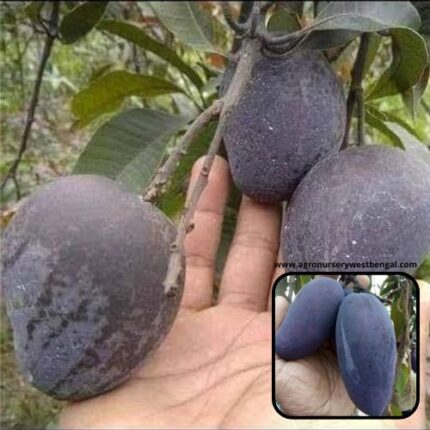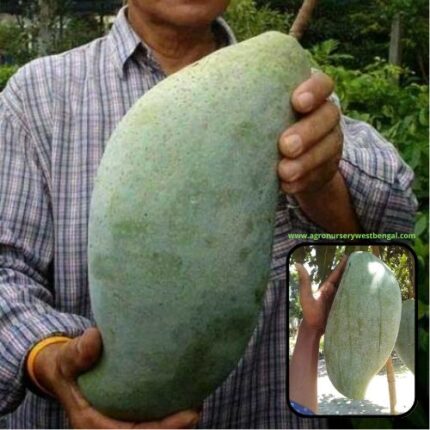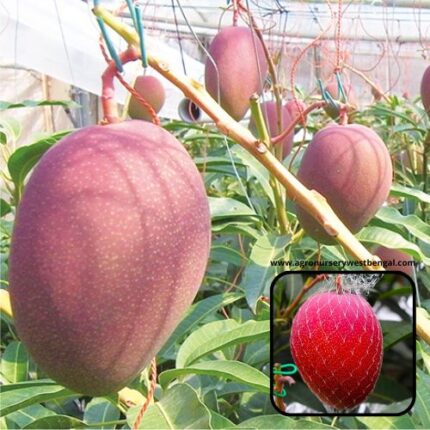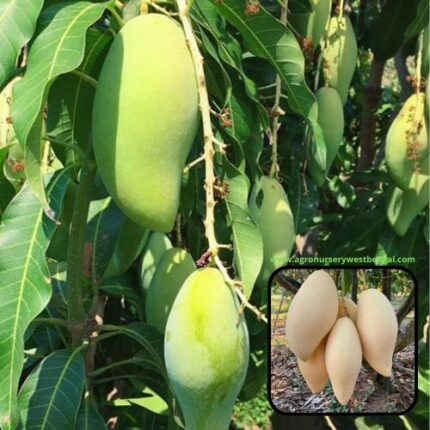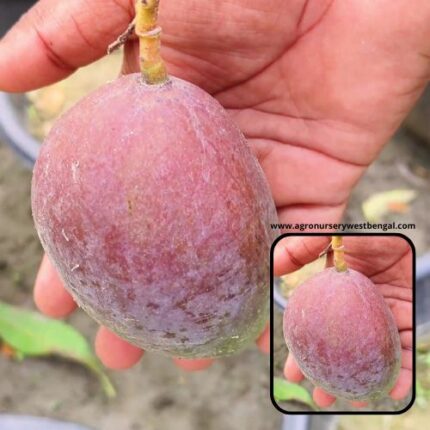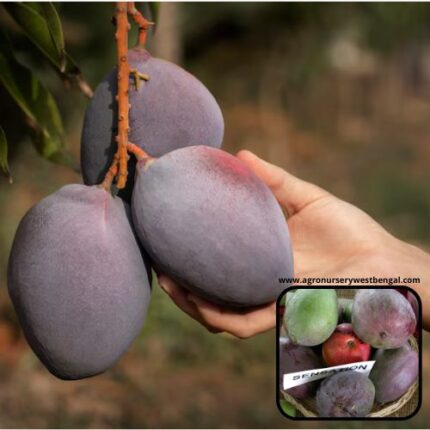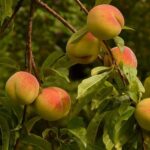
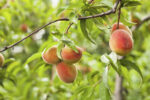
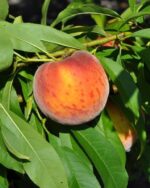
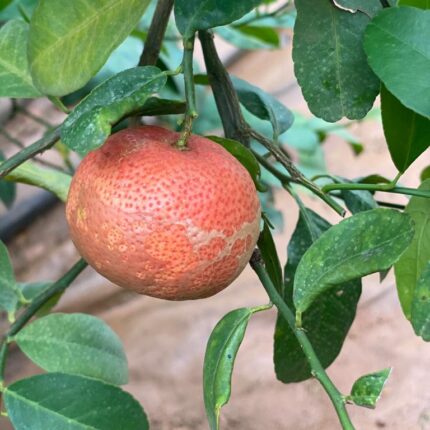
Red Patti Lemon fruit plants
₹739.00 Original price was: ₹739.00.₹519.00Current price is: ₹519.00.
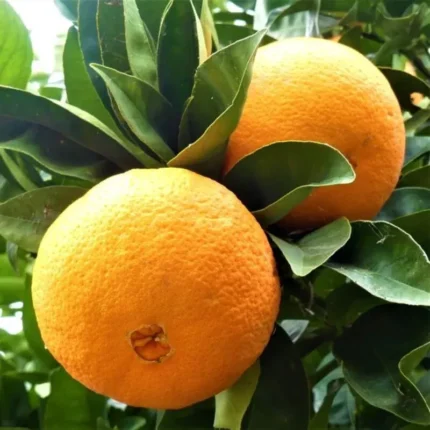
Cara Cara navel orange
₹719.00 Original price was: ₹719.00.₹489.00Current price is: ₹489.00.
Peace fruit plants
₹829.00 Original price was: ₹829.00.₹499.00Current price is: ₹499.00.
Category: Fruit Plants
Description
The peach (Prunus persica) is a widely cultivated deciduous tree fruit, celebrated for its succulent, sweet, and aromatic flesh. It belongs to the rose family (Rosaceae), making it a close relative of plums, cherries, apricots, and almonds.
1. Appearance:
- Shape and Size: Typically round to oval, sometimes with a distinctive dimple or suture running down one side. Sizes can vary from small (like a golf ball) to large (like a baseball), depending on the variety.
- Skin (Pericarp/Rind):
- Fuzzy (Pubescent) Peaches: The most common type. The skin is covered with a fine, soft fuzz or down.
- Nectarines: A distinct variety of peach that is characterized by a smooth, hairless skin. Nectarines are genetically a type of peach.
- Color: The skin color varies significantly with ripeness and variety. It typically ranges from yellow or orange-yellow, often with patches or blushes of red or crimson, especially on the side exposed to direct sunlight.
- Internal Flesh:
- Color: The flesh can be either yellow (the most common type, often with reddish streaks near the pit) or white (typically sweeter and less acidic than yellow-fleshed peaches, with a paler, sometimes pinkish, hue).
- Texture: Juicy, tender, and generally soft when ripe.
- Pit (Stone/Endocarp): Contains a single, large, hard, woody pit in the center. The pit is deeply pitted or grooved.
- Freestone: The flesh separates easily from the pit when the fruit is cut in half. These are preferred for eating fresh and canning.
- Clingstone: The flesh clings tightly to the pit, making it harder to remove. These are often used for processing (e.g., canned peaches in syrup).
- Semi-freestone: A hybrid type where the flesh may partially cling.
2. Taste and Aroma:
- Taste: Sweet and juicy, often with a pleasant tartness, particularly in yellow-fleshed varieties. White-fleshed peaches tend to be sweeter and less acidic. The flavor is rich, fragrant, and distinctive.
- Aroma: Highly aromatic, releasing a sweet, floral, and fruity scent, especially when perfectly ripe.
3. Botanical Characteristics:
- Peaches grow on relatively small, deciduous trees that typically reach 4-10 meters (13-33 feet) in height.
- The trees are known for their beautiful pink blossoms in spring before the leaves emerge, making them ornamental as well as fruit-bearing.
4. Origin and Cultivation:
- Peaches are believed to have originated in the region of Northwest China, where they were first domesticated.
- They have been cultivated for thousands of years and are now grown in temperate regions worldwide, with major producers including China, Italy, Spain, the United States (especially California, Georgia, and South Carolina), and Greece.
5. Seasonality:
- Peaches are typically a summer fruit, with peak season varying by region but generally from late spring through late summer (May to September in the Northern Hemisphere).
6. Nutritional Value and Health Benefits:
- Peaches are low in calories and a good source of:
- Vitamins: Vitamin C (an antioxidant for immune health), Vitamin A (especially in yellow varieties, important for vision), and some B vitamins (like niacin and folate).
- Minerals: Potassium (for blood pressure regulation), and smaller amounts of magnesium, phosphorus, and iron.
- Fiber: Aids in digestion and promotes satiety.
- Antioxidants: Rich in various antioxidants, including carotenoids (like beta-carotene in yellow peaches) and phenolic compounds, which help protect cells from damage and may reduce the risk of chronic diseases.
7. Culinary Uses:
- Fresh Eating: The most popular way to enjoy peaches, either out of hand or sliced.
- Desserts: Widely used in pies, cobblers, crumbles, tarts, cakes, ice creams, sorbets, and jams.
- Savory Dishes: Can be grilled and served with meats (like pork or chicken), added to salads for a sweet contrast, or incorporated into salsas and chutneys.
- Beverages: Used in smoothies, juices, and cocktails.
- Preserved: Canned in syrup, dried, or frozen for year-round enjoyment.
The peach is a beloved fruit, embodying the essence of summer with its delightful taste, juicy texture, and fragrant aroma.

